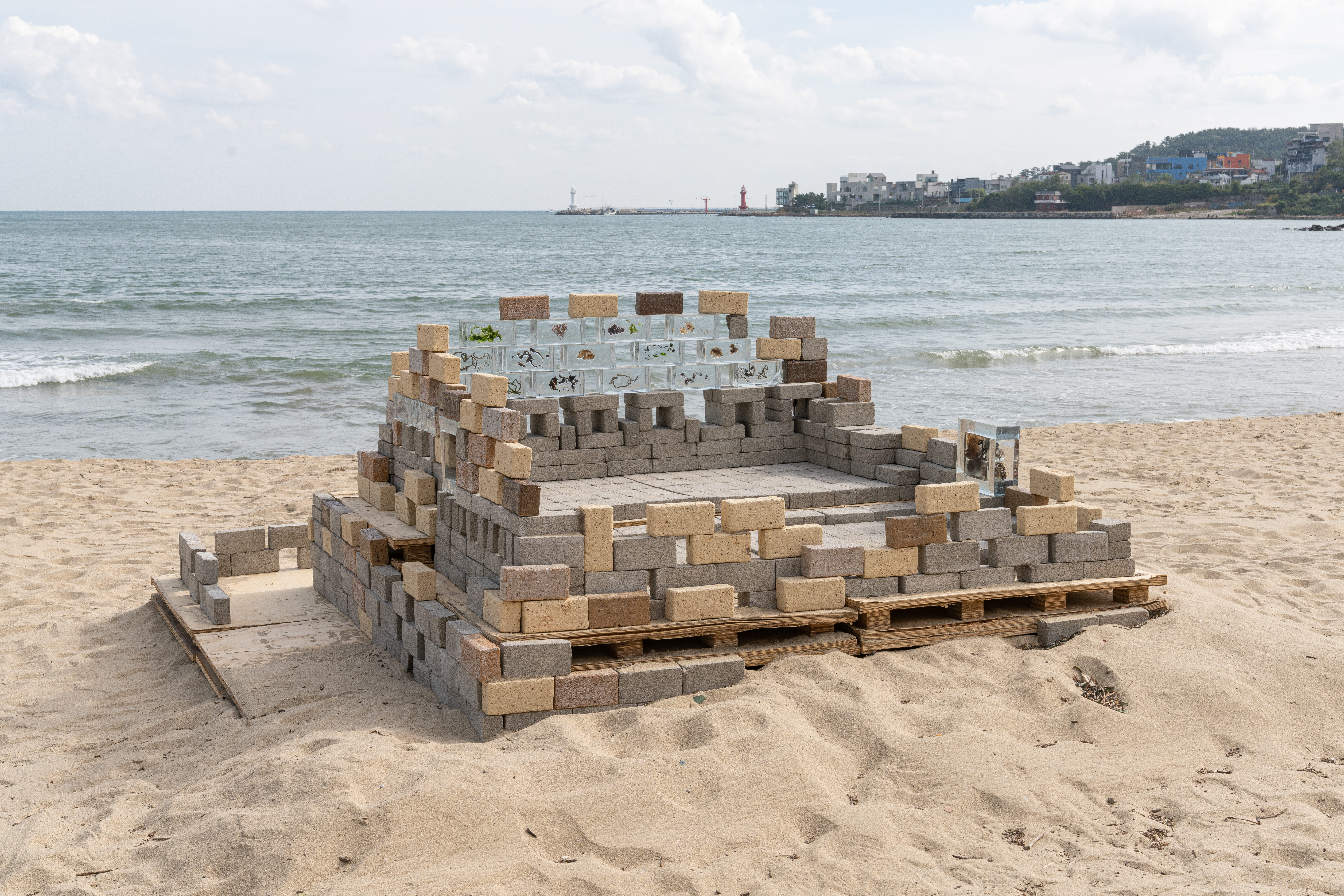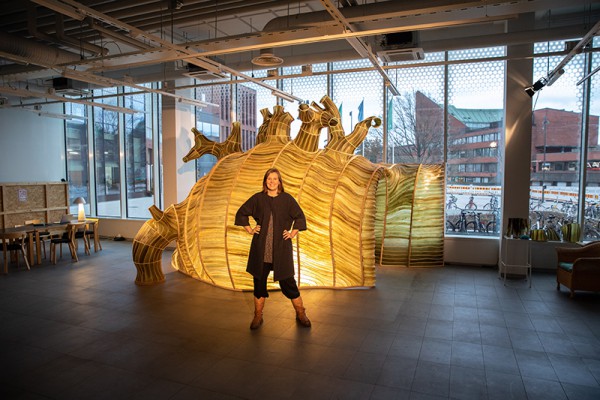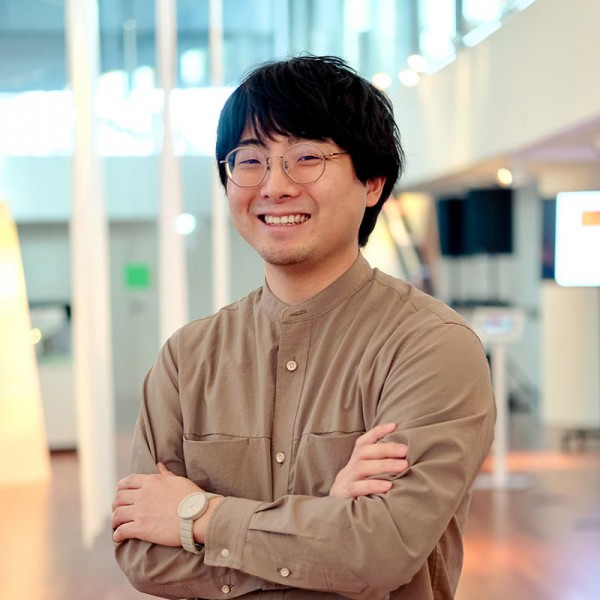Bricks from the Sea
2023, Bricks made by baking a mixture of seaweed and soil, glaze, cement and glass bricks, Bricks dimensions 5.79×9×19cm. Commissioned by Sea Art Festival 2023

Description
Just over 40 years ago, most houses in Korea were earthen houses. Before the Saemaul Movement - the political initiative launched in the 1970s to modernize the rural South Korean economy - demolished all the houses, the walls and ceilings of both tiled and thatched houses were all finished with soil mixed with rice straw and reeds. In these houses people communicated between the thin layers made of window paper, which functioned like windows today. In any country, town or city, traditional houses are constructed using materials easily found within their local surroundings. In Korea, such materials were soil, wood, stone, and rice straw.
Jazoo Yang has been interested in traditional Korean hanok and thatched houses and has been researching archives and other relevant sources about the rapidly disappearing earthen houses. During her research, she found out that there had been a type of dwelling in Busan using seaweed as a construction material. Many refugees, who moved to Busan during the Korean War in the 1950s, had to build temporary and quick shelters using materials that they could easily find within their local proximity. Therefore, during the war, instead of rice straw, one of the ingredients of traditional earthen houses, they mixed seaweed, the material easiest to obtain on the beach, with soil to build a house.
The artist, as part of an ongoing research, has been exploring the earthen houses made of seaweed remnants of which can be found in seaside refugee villages, including Yeongdo, Busan, in order to examine and understand the architectural and construction techniques of refugees, especially the methods of using seaweed and soil as building materials.
In her installation for the Sea Art Festival 2023, Bricks from the Sea, as in other of her artworks, Jazoo Yang incorporates these methods of using soil and seaweed into the construction of her work itself, bringing back to life a now-forgotten, but ingenious and creative frugal innovation.



